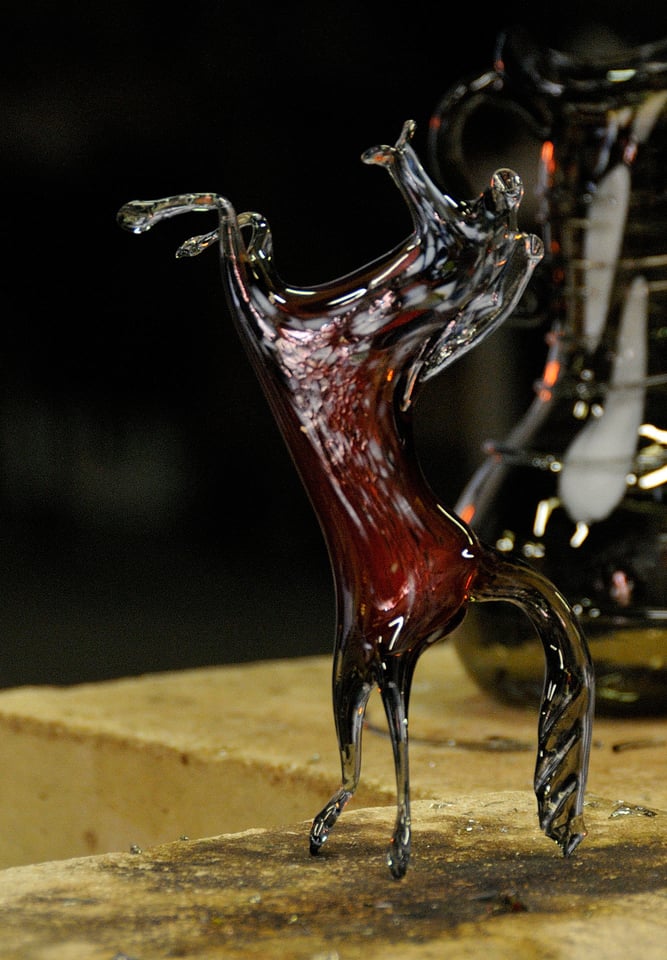On the previous page of this article, I suggested that it’s far better to see the place by spending some time there, rather than flitting in and out on a day-trip. Let me show you why…
The principal islands of Venice are not the only islands in the lagoon, and weren’t the first to be settled. Some of the earliest refugees (fleeing from raiders on the mainland) settled on the island of Torcello, not far from today’s airport. Little is left apart from a couple of churches, including the first basilica of Venice. Once you’ve admired the amazing ancient mosaics (sorry, they’re very strict about no photos!), head up the bell-tower for a view of how those swampy islands must have looked to the first settlers:

Wandering the tranquil pathways and waterways, you’d never guess this was once a thriving town:

Nearby is the island of Burano, once famous for lace-making, but nowadays better known for the rows of houses that look like paint colour-charts, especially in that intense Venetian light:

Legend has it that the bright colors enabled returning fishermen to spot their homes through the fog:

The other main island is Murano, famous for glass-making. Centuries ago, the city authorities got fed up of the constant fires they caused, so all the glass furnaces were moved out to Murano. Many of the bigger makers put on demonstrations. Even if you don’t intend to buy anything, watching a lump of glass being transformed is pretty amazing:


And some of the more contemporary designs can make interesting images:

And although not as obviously beautiful as the heart of the city, it’s still worth the occasional shot:

Back on the main island, trips to the outskirts take you to some amazing sites, including this, the Arsenale:

Not the most photogenic place in the world, but what a history! This was the ship-yard of Venice, the first production-line in the world (eat your heart out, Henry Ford!) – at its peak, this place could churn out three ships a day. These days the place is a naval base, with no reminders of how Venice was able to dominate the Mediterranean for centuries.
At the other end of the main settlement, and on a different scale, is the world’s original ghetto. The word didn’t have quite the same negative connotations then – it comes from the Venetian “Geto”, which means “Iron Foundry”, which originally stood on this site. Tucked away in buildings around the square, are several synagogues, some of which you can visit on a guided tour:

When you’ve been history’d-out, a bit of mist is always good for a photo-op:

Once you’ve reached the end of the day, the next good reason for hanging around appears, as the light changes again:



If you’re lucky, you might get a wonderful sunset:


If you’re really lucky, you might get a spectacular one. One year, we’d been to an exhibition the week before, called “Turner in Venice”. We looked at the lurid colors of some of the sunsets he’d painted, and thought “this guy must have been high or something”. Then we saw this:

The man was just painting what was there! Once the light has gone, the city takes on a different character:

Sure, the Grand Canal is still a hive of activity, whether you go for a long exposure, to calm things down:

Or short, to let the waves remind you that this is a city of the sea:

But the main Piazza seems deserted:

And all the back alleys and side canals suddenly become quiet and mysterious:

You can’t really photograph it, but the sound changes as well. Everything seems quiet and muffled. It doesn’t matter if people walk through your shots. With long exposures, they just become “the ghosts of Venice”:


I think I even prefer the mystery of the night-time to the beauty and splendor of the day! Which do you prefer?